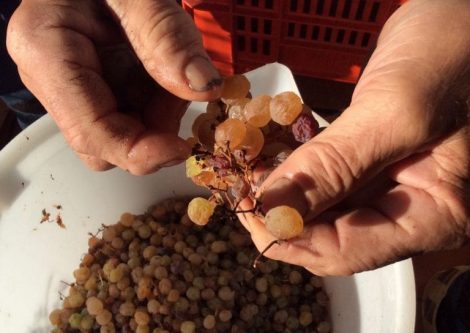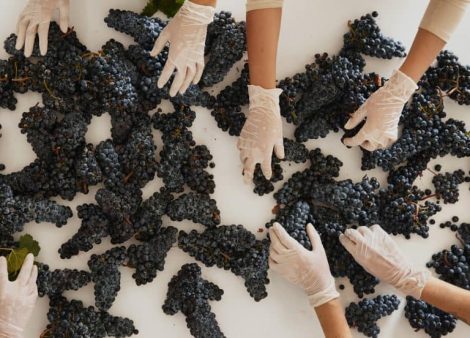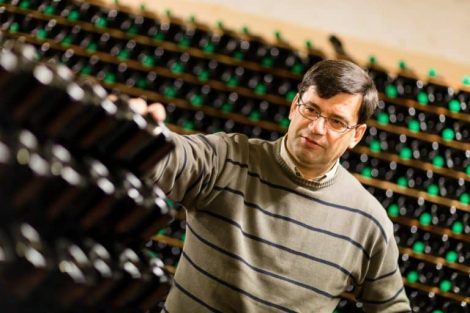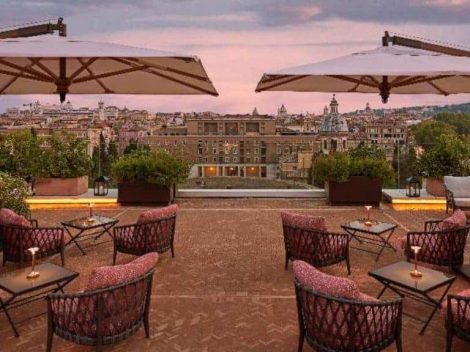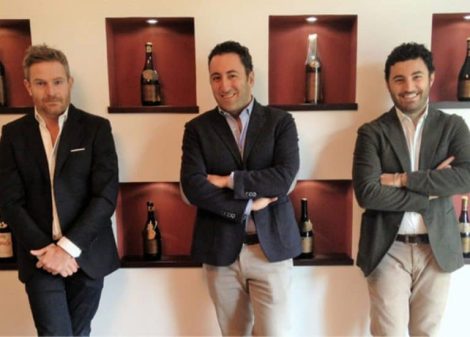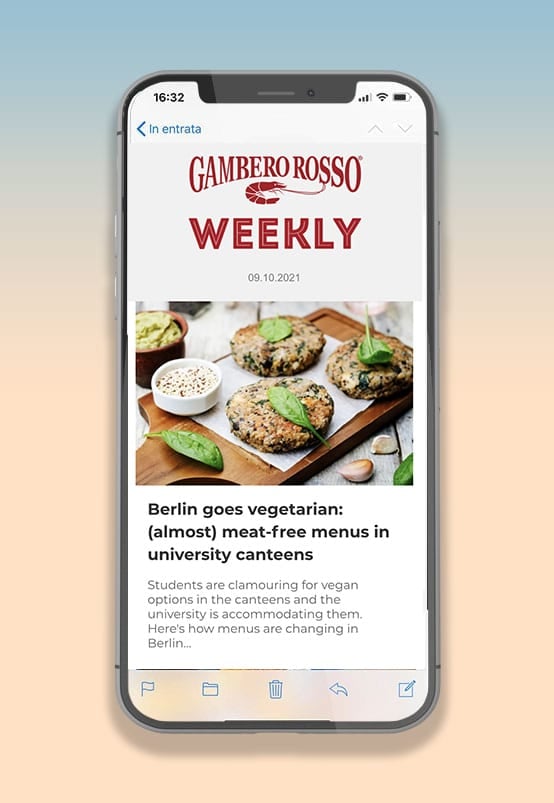Alberto Massucco isn’t slowing down. The first Italian to register a vineyard in Champagne, he inaugurated a space in Castellamonte, 40 km north of Turin, at the end of October: Maison Massucco.
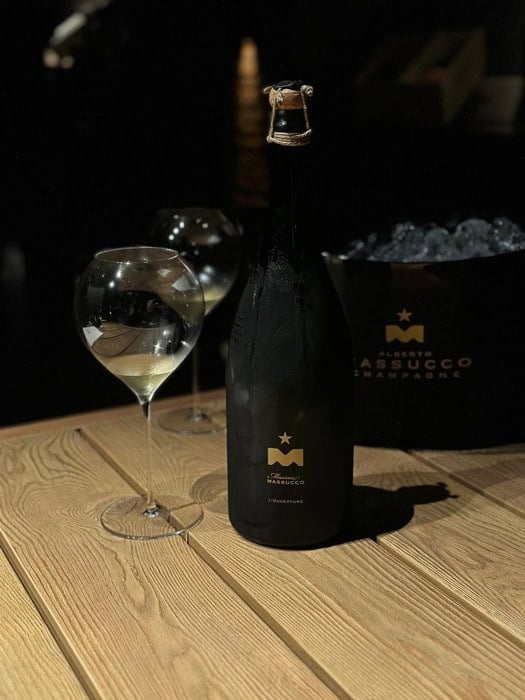
Massucco’s take
Massucco has 2,000 square metres at his disposal, including cellars, tasting rooms, lounges, and kitchens. He has a refined palate and a curious mind. We asked him to share his experience…
A decline in sales in Italy? Some distributors seem to be struggling...
Frankly, I don’t see this decline; we’re talking about a few percentage points. Instead, I’m pleased to observe a growing, widespread interest in Champagne, especially among young people who were somewhat distant from it a decade ago. They study, learn, and form tasting groups. I’m very optimistic.
Even about the 2024 vintage in Champagne? Many found it challenging.
In the end, we pulled through again. For me, it will be an excellent vintage, particularly for the Côte des Blancs, which fared well. There were hailstorms, but we recovered towards the end. In April, we’ll taste the wines and find some surprises.
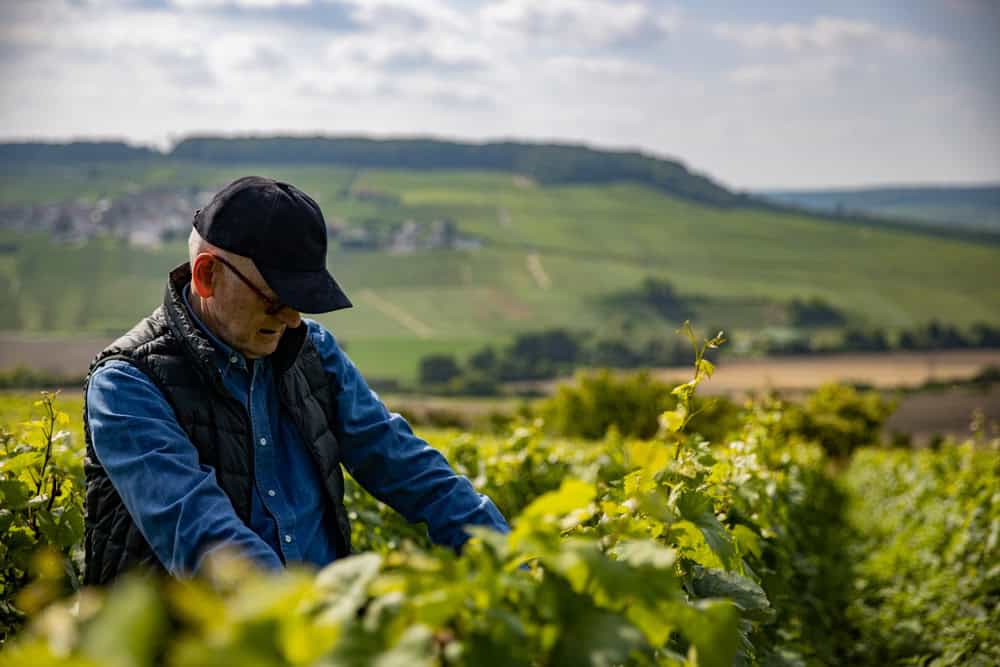
Why start producing Champagne? Wasn’t it enough to just drink and distribute it?
It might sound cliché, but I did it out of passion. I didn’t set out to produce Champagne but to do some scouting and bring something unknown to Italy. One, two… in the end, I selected five winemakers for import. At the same time, I started buying vineyards.
Did you get carried away?
The decisive moment was meeting someone special who, unfortunately, is no longer with us: Éric De Sousa. With him and his family, we struck an agreement and began producing Champagne. I seized an opportunity.
An Italian among the French. How were you welcomed?
They understood that I wasn’t there for business or speculation but because I truly loved Champagne. In some way, they felt flattered. They would say, “You, with Barolo under your feet, came all the way here?”
We Italians have a particular way of drinking Champagne. For one, we like it dry—very dry.
True, and they’ve followed us on dosage, even if they were sceptical at first. They now use less dosage. And there’s a clear fact: we’re regularly the sixth-largest export market by volume, but fourth by value. In short, we buy quality.
Another trait: we’re obsessed with Vintage Champagnes.
True. We were among the first to seek details in the glass, and they followed us there too, always pursuing the perfect glass.
And what would that be?
We’re now using Lehmann; before, it was Riedel, which are more universal. But with Lehmann, it’s fun to experiment with various glasses. Zalto? Less effective for Champagne.
We’re also obsessed with oxidation in Champagne, as seen in Selosse’s sales…
A few years ago, it was even stronger, with oxidation well beyond maturity. Today, there’s a return to elegance and, above all, freshness.
How is Champagne consumption changing in Italy?
It’s no longer just for fine dining. It’s increasingly found in trattorias, where sommeliers are often present nowadays – unthinkable a few years ago. And more and more in bars, thanks to young people falling in love with this product, as I mentioned.
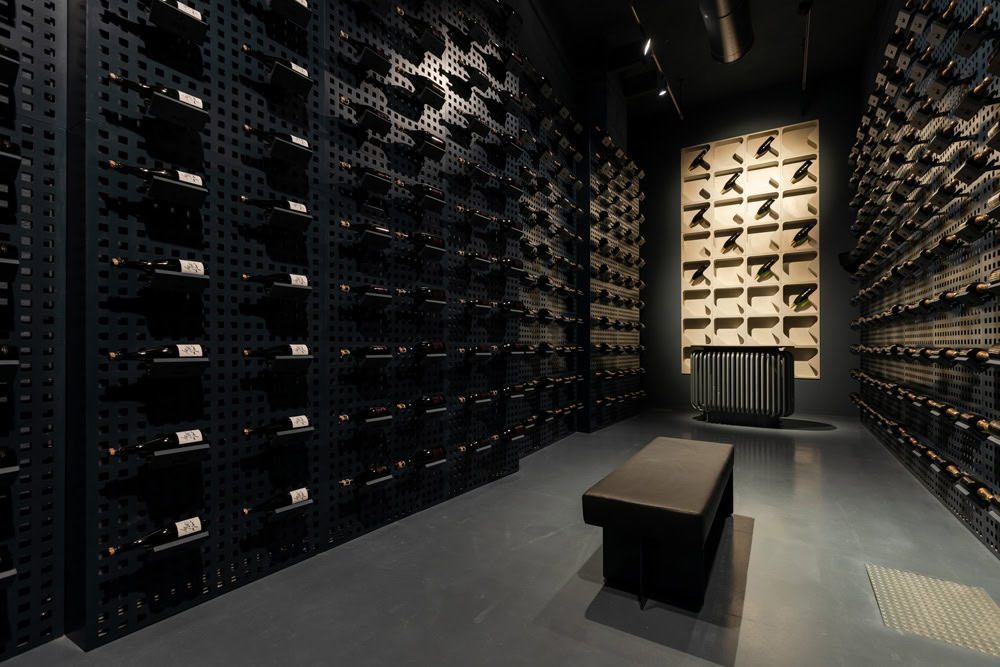
The new Maison Massucco in Castellamonte (Turin). Photos by Ambra Alessi
The trend of the moment: everyone’s crazy about Meunier?
(Silence.) I think we’re already moving past it; the fashion effect accounted for 80%. It was brilliant marketing, but more of a trend than anything else.
Are you hinting that between Meunier and Pinot Noir, you’d choose the latter?
Loud and clear. Is there such a thing as a Meunier Grand Cru? No, there isn’t. And why do Grand Crus only include Pinot and Chardonnay? Meunier has always been used in blends. There must be a reason.
Bruno Paillard suggests that behind many small Champagne growers are large cooperatives.
He’s right. That’s how it is.
What’s the real relationship between small growers and large houses?
There’s no denying it: some friction exists between growers and houses, mainly due to the economic power the houses wield. But at the same time, they can’t do without each other. Growers couldn’t exist without the houses, and vice versa. A balance has been reached that makes both indispensable. Growers own 70% of the vineyards. Most sell a portion to the large houses to secure income before harvest, allowing them to survive. With the remaining portion, they make Champagne: some for personal enjoyment, others for glory.
Rivalries and cooperation among small growers?
There isn’t the provincialism I often see in Italy. There’s more camaraderie, and not much jealousy between one and the other. There are exceptions, of course, but overall, there’s more harmony and collaboration.
The quality of growers is often inconsistent.
I’m finding more and more quality Champagne. Certainly, in recent years, growers have made more progress than the large houses.
They’ve even partially influenced the style…
Yes, they’ve had a significant impact. Generally speaking, I see less pronounced acidity compared to a few years ago. A more natural balance has been achieved, partly due to climate changes. But tastes have shifted too.
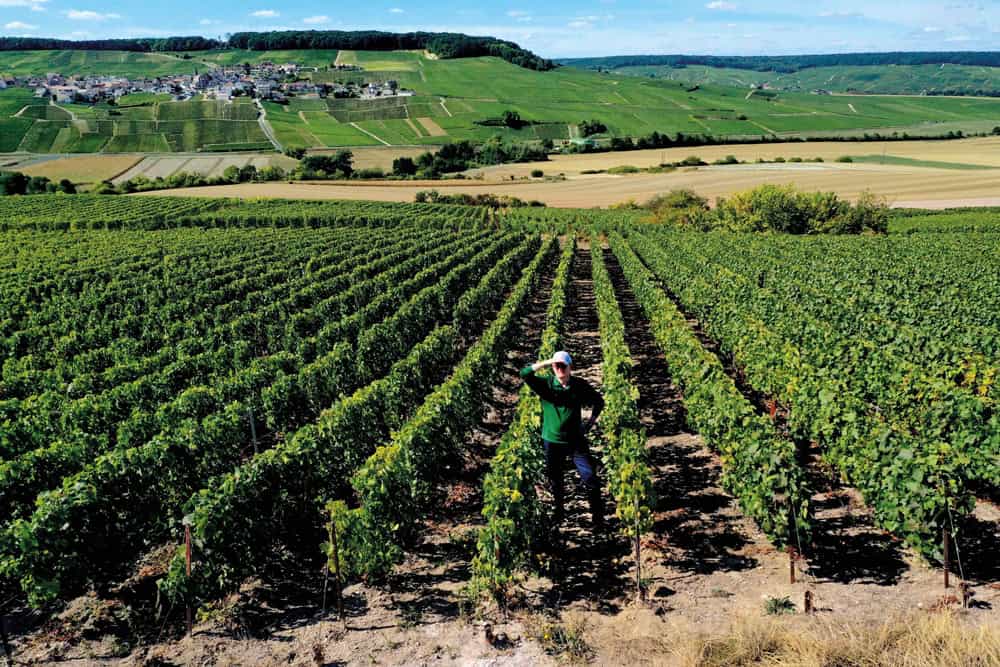
Massucco in his vineyard in Champagne
Speaking of large houses, basic bottles are often overrated, to put it mildly.
Roederer and Charles Heidsieck stand out. Few others have an acceptable quality-price ratio. In many cases, growers do better.
Among Rosé Champagnes, we’ve written that some of the worst quality-price ratios in the world can be found.
Partly true. Under the guise of Rosé, prices are increasingly inflated. It’s historically the most expensive category. I must say I wasn’t a fan of this type until 7–8 years ago. Now, I even produce it.
And Does Rosé sell in Italy?
It’s subject to trends too. It had fallen out of fashion, but in recent years, it’s made a comeback. It can and should be improved further.
What are the biggest challenges facing Champagne producers today?
The climate is increasingly stressful, just look at all the rain we’ve had. In some areas, there were no more than 22 hours of sunshine during the winter months. The climate affects both quantity and, consequently, rising costs.
Is there something we still don’t understand about Champagne?
That it’s amazing (he laughs heartily). Apart from the economic aspect, we still don’t get that it’s the only wine you can drink every day and feel good about, not bad. With other still wines, you can’t do that.
Opposites attract: do Lambrusco and Champagne have anything in common?
Hmm… they share a certain suitability for the table; both pair excellently with fatty foods. I adore Champagne with mortadella or cassoeula.
The greatest Champagne vintage of the last 15 years.
I’ll bet on 2013; it will continue to improve for a long time.
A grower you’d like to import?
Collard-Picard in Épernay.

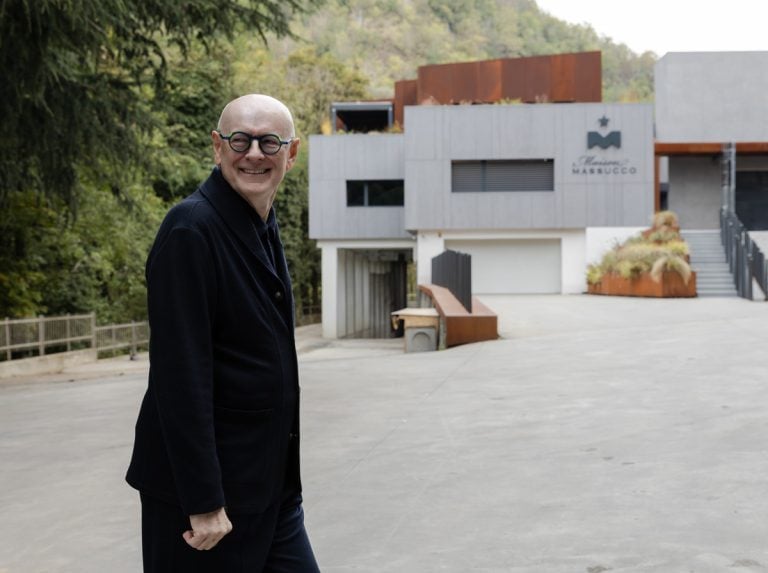
 Trump’s tariffs? Italian wine could lose up to €330 million a year
Trump’s tariffs? Italian wine could lose up to €330 million a year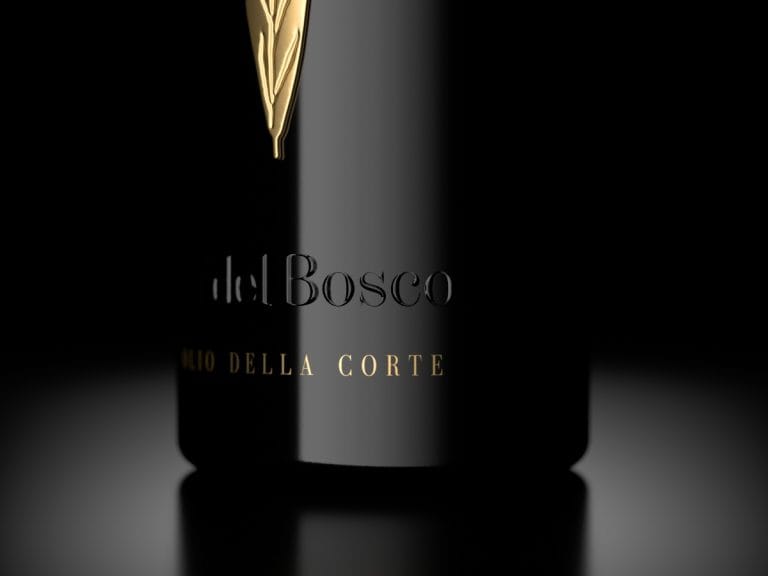 From Franciacorta comes the first extra virgin olive oil by Ca' Del Bosco
From Franciacorta comes the first extra virgin olive oil by Ca' Del Bosco Trump freezes tariffs: the beginning of a new (absurd) way of doing politics marked by volatility
Trump freezes tariffs: the beginning of a new (absurd) way of doing politics marked by volatility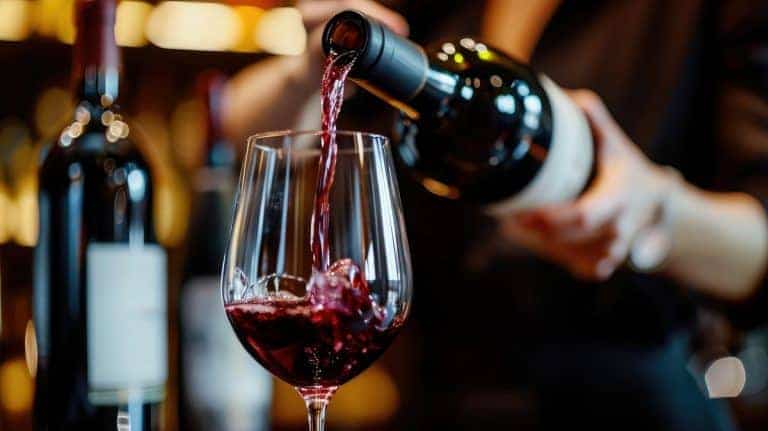 The 15 best value Aglianico del Vulture wines chosen by Gambero Rosso
The 15 best value Aglianico del Vulture wines chosen by Gambero Rosso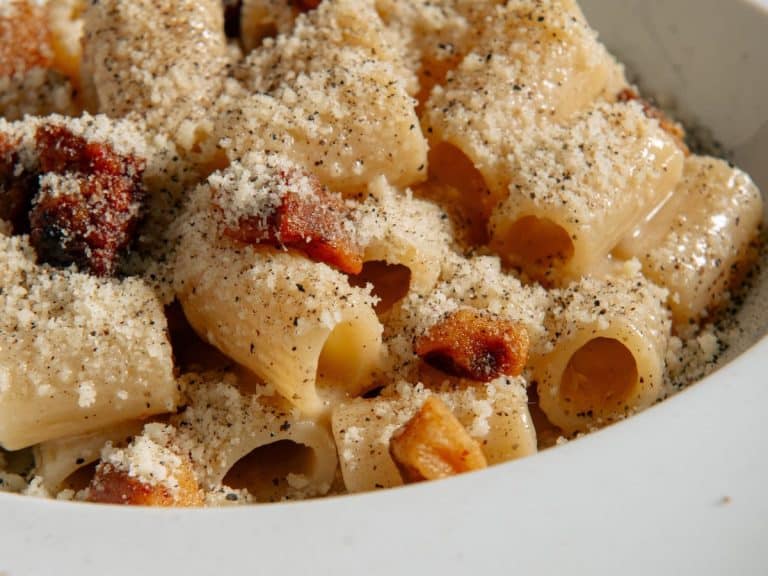 One of the best Carbonaras in Rome is made by a trattoria that offers more than just traditional cuisine
One of the best Carbonaras in Rome is made by a trattoria that offers more than just traditional cuisine
